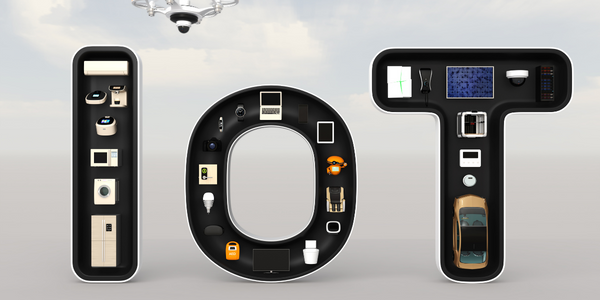Customer Company Size
Large Corporate
Region
- Asia
Country
- China
Product
- Blue Yonder
Tech Stack
- Supply Chain Management Software
Implementation Scale
- Enterprise-wide Deployment
Impact Metrics
- Cost Savings
- Productivity Improvements
- Customer Satisfaction
Technology Category
- Functional Applications - Inventory Management Systems
Applicable Industries
- Equipment & Machinery
Applicable Functions
- Logistics & Transportation
- Warehouse & Inventory Management
Use Cases
- Inventory Management
- Supply Chain Visibility
Services
- System Integration
About The Customer
Positec is a manufacturer and marketer of home improvement tools, catering to professional contractors and homeowners. The company is headquartered in Suzhou, China, and has achieved industry-leading growth. It employs almost 4,000 people in 12 countries. Despite its success, Positec recognized that its internal tools for managing the global supply chain did not represent the most advanced, innovative technology. The company was in need of an aggregate forecasting tool and intelligent fulfillment capabilities to optimize inventory levels and profitably deploy products.
The Challenge
Positec, a China-based manufacturer and marketer of home improvement tools, was facing several challenges in managing its global supply chain. Despite its industry-leading growth and presence in 12 countries, the company's internal tools for managing the supply chain were not up to the mark. Positec lacked an aggregate forecasting tool and intelligent fulfillment capabilities to optimize inventory levels and profitably deploy products. The company had a long replenishment planning cycle that delayed its response times significantly. It also had no real basis for planning at the regional distribution center level and low visibility across its entire global supply chain.
The Solution
Positec implemented Blue Yonder, a supply chain management software, to replace its manual planning and reporting processes with automation and a new level of efficiency. The software enabled Positec to develop an aggregate forecast across all customers, regions, and product lines. It also allowed the company to assign dollar values to the forecast, including complex events such as new product launches and retail promotions. The company now has a much higher level of confidence in its demand forecast, as it is based on company-wide collaboration, as well as data and analytics. The implementation of Blue Yonder has significantly improved Positec's supply chain operations.
Operational Impact
Quantitative Benefit

Case Study missing?
Start adding your own!
Register with your work email and create a new case study profile for your business.
Related Case Studies.

Case Study
Smart Water Filtration Systems
Before working with Ayla Networks, Ozner was already using cloud connectivity to identify and solve water-filtration system malfunctions as well as to monitor filter cartridges for replacements.But, in June 2015, Ozner executives talked with Ayla about how the company might further improve its water systems with IoT technology. They liked what they heard from Ayla, but the executives needed to be sure that Ayla’s Agile IoT Platform provided the security and reliability Ozner required.

Case Study
IoT enabled Fleet Management with MindSphere
In view of growing competition, Gämmerler had a strong need to remain competitive via process optimization, reliability and gentle handling of printed products, even at highest press speeds. In addition, a digitalization initiative also included developing a key differentiation via data-driven services offers.

Case Study
Predictive Maintenance for Industrial Chillers
For global leaders in the industrial chiller manufacturing, reliability of the entire production process is of the utmost importance. Chillers are refrigeration systems that produce ice water to provide cooling for a process or industrial application. One of those leaders sought a way to respond to asset performance issues, even before they occur. The intelligence to guarantee maximum reliability of cooling devices is embedded (pre-alarming). A pre-alarming phase means that the cooling device still works, but symptoms may appear, telling manufacturers that a failure is likely to occur in the near future. Chillers who are not internet connected at that moment, provide little insight in this pre-alarming phase.

Case Study
Premium Appliance Producer Innovates with Internet of Everything
Sub-Zero faced the largest product launch in the company’s history:It wanted to launch 60 new products as scheduled while simultaneously opening a new “greenfield” production facility, yet still adhering to stringent quality requirements and manage issues from new supply-chain partners. A the same time, it wanted to increase staff productivity time and collaboration while reducing travel and costs.

Case Study
Integration of PLC with IoT for Bosch Rexroth
The application arises from the need to monitor and anticipate the problems of one or more machines managed by a PLC. These problems, often resulting from the accumulation over time of small discrepancies, require, when they occur, ex post technical operations maintenance.

Case Study
Data Gathering Solution for Joy Global
Joy Global's existing business processes required customers to work through an unstable legacy system to collect mass volumes of data. With inadequate processes and tools, field level analytics were not sufficient to properly inform business decisions.







